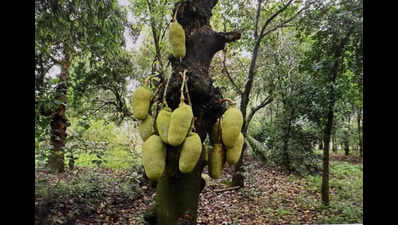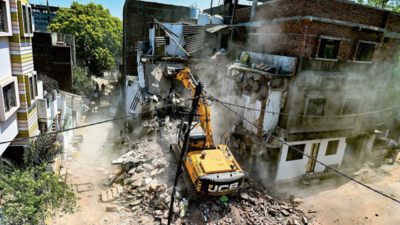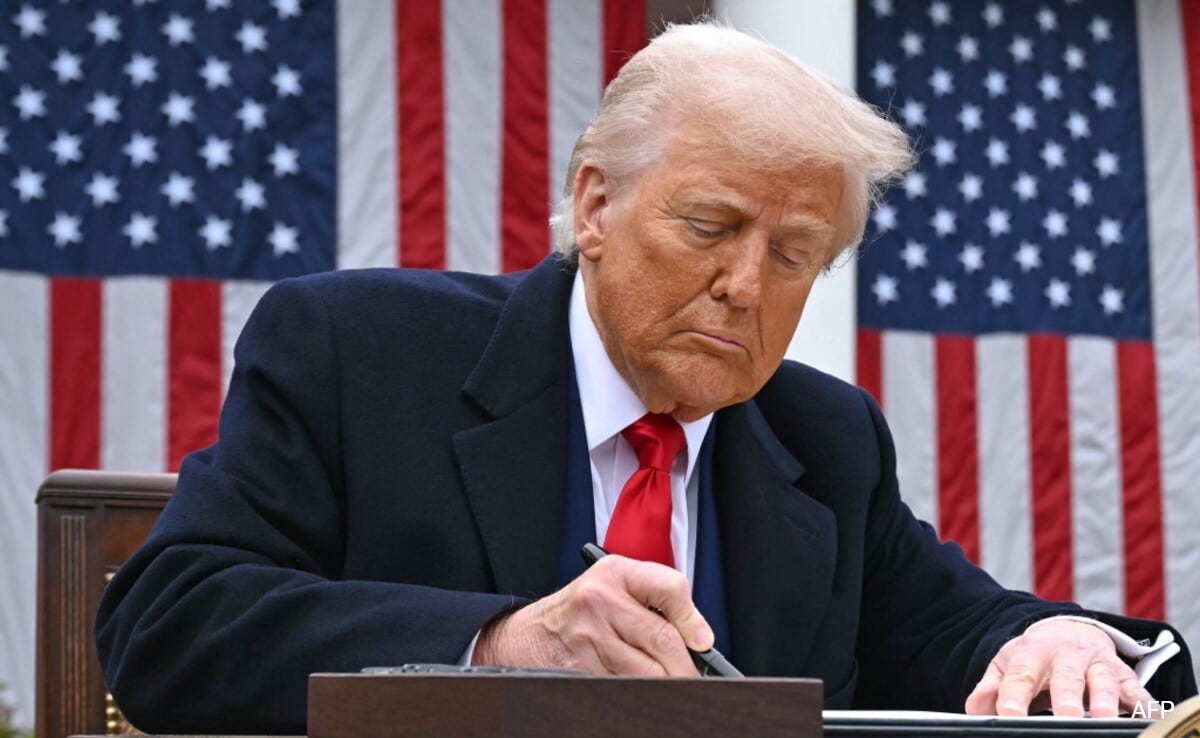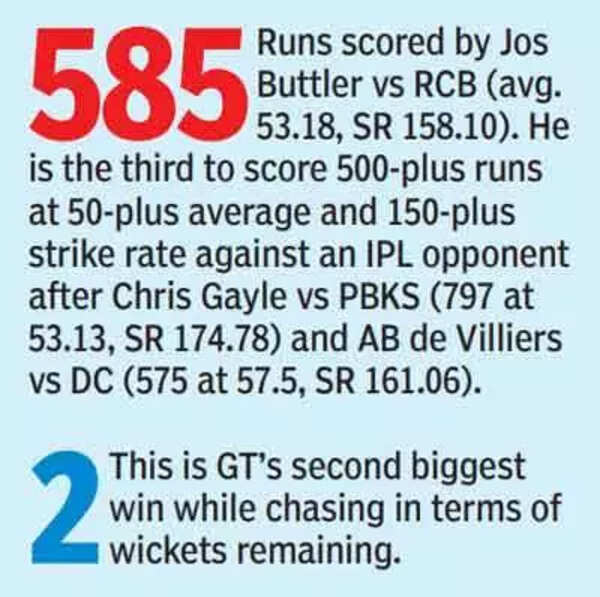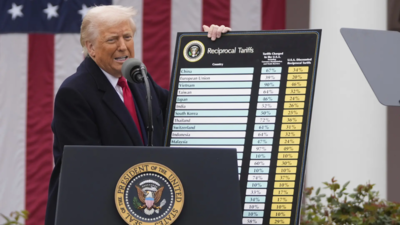6 more Geographical Indication (GI) take Tamil Nadu’s kitty to 69 | Chennai News
CHENNAI: Six more products unique to Tamil Nadu were accorded the Geographical Indication (GI) tag by the GI Registry on Thursday, taking the total number of GI products in the state to 69. Tamil Nadu has the second highest number of GI products, next only to Uttar Pradesh, which has 79 products in its kitty.
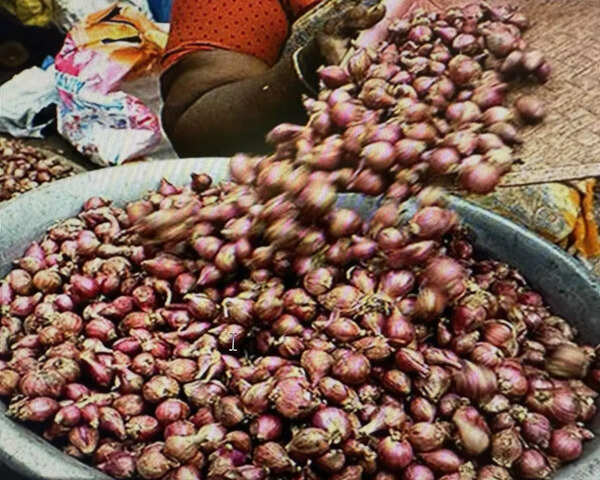
The latest GI products are: Panruti Palappazham (Panruti Jackfruit), Panruti Cashew, Puliyankudi Acid Lime, Virudhunagar Samba Vathal (dried red chillies), Chettikulam Small Onion (shallots) and Ramanadu Chithiraikar Rice.
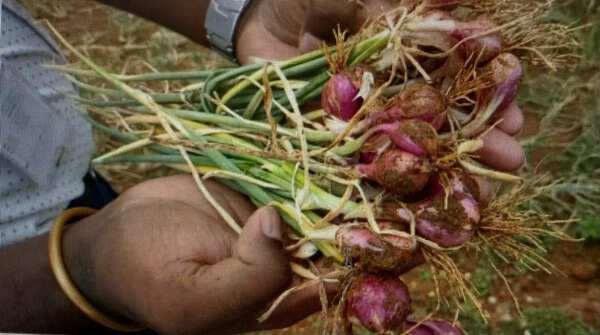
The Tamil Nadu State Agricultural Marketing Board under the state agriculture department is the co-applicant, along with the respective farmers associations, for all the six products. The applications were filed after field study and research by IPR attorney P Sanjai Gandhi.
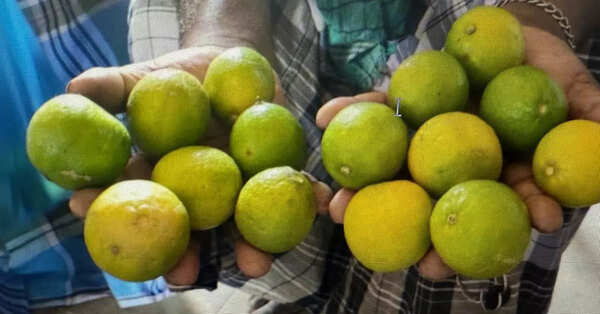
Panruti, a mid-size town in Cuddalore district of Tamil Nadu, is the largest producer and exporter of jackfruit India. And the Panruti jackfruits are known for an aroma that is distinctive and the pulp has a unique melt-in-the-mouth quality.
They are large in size, with some fruits reaching up to 50 kg, though smaller sizes are also common. The oblong-shaped fruit has a green, spiny skin, which softens as the fruit ripens. The flesh of the ripened Panruti jackfruit is exceptionally sweet with a subtle acidic tang. Its flavour is less intense and more balanced compared to other varieties, making it appealing to man.

The seeds of the Panruti jackfruit are large and flat, typically surrounded by thick pulp. The seeds are often consumed after being boiled or roasted, offering a nutty flavour. They are rich in starch and protein.
The ripe fruit is eaten fresh or used in desserts, jams, and smoothies due to its sweet, juicy pulp. The unripe jackfruit is used as a vegetable in curries, chips, and other savoury dishes.
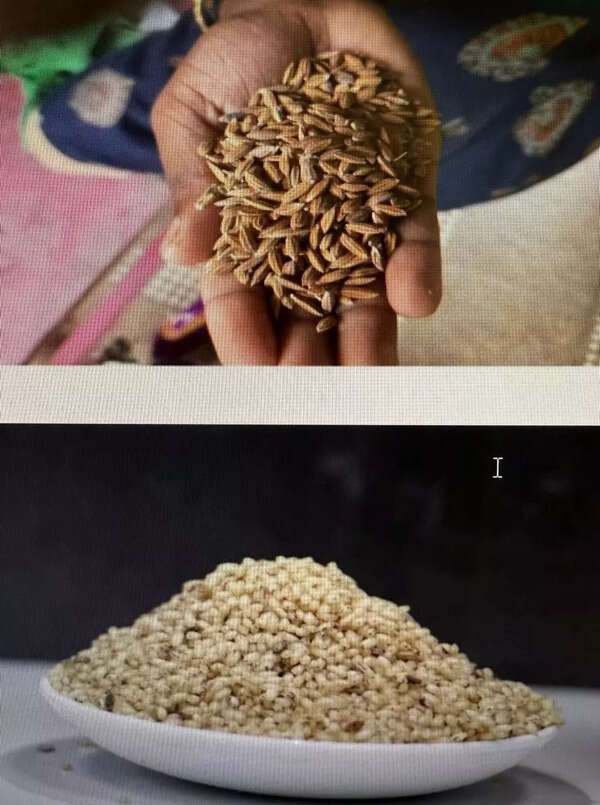
The Panruti region is also called the Cashew Capital of Tamil Nadu.
The Panruti Cashew
is a highly prized variety known for its sweet, slightly nutty flavour, combined with a crisp yet tender texture. These distinctive qualities set Panruti cashews apart from other varieties, making them highly sought after in both domestic and international markets.
The region’s tropical climate and well-drained sandy loam or red soils create an ideal environment for cashew cultivation. These favourable conditions, along with the traditional processing methods, help maintain the nuts’ freshness and enhance their quality. The cashew tree in Panruti typically yields medium-sized, well-formed nuts, which contribute to the overall high standard of the crop. The unique cashew formation, where the curved nut is nestled under the cashew apple, also adds to the appeal of this variety.

The Panruti cashew nut is distinctively curved and typically medium-sized. The nut has a characteristic C-shape that makes it recognizable and sets it apart from other varieties. The nuts are medium to large in size, making them ideal for high-quality production.
The region’s traditional processing methods, which focus on maintaining freshness and minimizing handling damage, contribute to the high quality of Panruti cashews. The shells and kernels are processed with care to preserve the delicate flavour and texture. Panruti cashews are grown in the tropical climate of Tamil Nadu, where the combination of sandy loam or red soils and consistent rainfall creates an ideal environment for cultivation. These conditions result in superior cashew nuts that are rich in flavour and texture. The trees thrive in well-drained soils with moderate rainfall, which helps produce uniform and healthy crops year after year.
Puliyankudi Acid Lime
is known for its intense, tangy, and aromatic flavour, characterised by its high acidity. The pulp is typically pale green to yellowish-green and is juicy, making it highly prized for its juice content. The Puliyangudi Lime is unique for its high juice yield, intense acidity, rich vitamin C content, thin peel, and essential oils.
Puliyangudi Lime, especially the Kadayam Lime, is known for its exceptionally high ascorbic acid content (around 34.3 mg/100g). This contributes to its nutritional richness, making it a great source of vitamin C, which boosts immunity and offers various health benefits. Each lime fruit typically contains 55% juice, which is notably high compared to many other lime varieties. This high juice yield makes Puliyangudi Lime ideal for beverages, juices, and culinary uses, particularly in lime-based drinks like lime soda and lemon rice besides pickles and sauces.
Puliyangudi Lime has a thin peel (around 3mm) that is rich in essential oils. These oils are often used in perfumery, giving the lime a fragrant aroma, which is a unique aspect of the variety. The wax-like substance on the peel gives it a shiny appearance and offers protection during packaging and transportation, reducing damage and overpressure on the fruit.
Each tree bears around 950 fruits on average, with individual fruits weighing between 42g and 50g. This high yield ensures a steady and abundant supply of limes, which supports both local consumption and commercial distribution.
Puliyangudi is often referred to as the Lemon City of Tamil Nadu due to its prominence in lime cultivation. The Tenkasi district ranks second in Tamil Nadu for acid lime cultivation, covering 2,178 hectares and producing approximately 12,196 tonnes annually.
Virudhunagar Samba Vathal (Red Dried Chillies),
grown inTamil Nadu’s Virudhunagar district, is a distinguished variety celebrated for its unique flavour, moderate heat, and vibrant red colour. Its wrinkled texture and medium size make it stand out in South Indian cuisine. Known for its aromatic profile, it features a balance of smokiness and spiciness, enhancing the taste and appearance of dishes. It is widely used in traditional spice blends, pickles, and seasonings.
The cultivation of Samba Chilli primarily takes place in Tamil Nadu’s Virudhunagar, Ramanathapuram, Sivagangai, and Thoothukudi districts.
The long, slender shape of the chilies, measuring 6–6.5 cm with sharp tips and bulged shoulders, is referred to as “Virudhunagar Samba Chilli (Vathal).”
The traditional farming practices employed help preserve the chili’s authentic taste and nutritional benefits, ensuring its continued prominence in South Indian culinary traditions. The chili has a long, slender shape with a sharp tip and bulged shoulders. This gives it a distinctive appearance that makes it easily recognizable. The chili has a bright, shiny red colour when mature, which is a hallmark of the variety. This vibrant colour adds to its appeal, especially in culinary presentations.
It has a moderate level of heat, with a capsaicin content of 0.24%, contributing to its balanced spiciness, which is neither too mild nor overly hot. This moderate heat makes it suitable for a wide range of dishes. The skin of the chili is relatively thin, which makes it suitable for processing into dried forms.
Chettikulam Small Onion
is unique for its superior quality, high pungency, long shelf life, and excellent propagation potential. The combination of favourable soil conditions, a distinct drying process, and traditional storage methods enhances its value. These factors, along with the region’s specialised farming practices, contribute to the uniqueness of Chettikulam Small Onion, making it a highly sought-after crop in both local and international markets.
The soil in Chettikulam is primarily red loamy and black soil, with high clay content. The soil in the surrounding blocks of Alathur, Perambalur, and Veppanthattai is deep and calcareous, with moderate alkalinity. These soils are rich in sulphur, which contributes to the high pungency of Chettikulam Small Onion, giving it its distinctive sharp flavour.
The pinkish Chettikulam onions are uniform in size, typically small, with a diameter ranging from 2 to 3cm. This consistent size is highly desirable in culinary uses where uniformity is important. The onions are generally round to oval-shaped and exhibit a compact bulb structure. Chettikulam onions are known for their strong pungency. This heightened level of pungency is attributed to the high sulphur content found in the soil of the Chettikulam region, which contributes to their distinctive sharp taste.
One of the key morphological traits is the presence of 15 to 18 layers of dried outer scales. This extra layer of skin provides added protection to the inner bulb, which not only enhances the onion’s shelf life but also preserves its quality during storage and transportation. The outer scales are thicker and more intact than those of many other onion varieties. This contributes to the onion’s resilience and longer shelf life, typically ranging between 8 to 9 months.
Perambalur is a major hub for shallots in Tamil Nadu, attracting the attention of the Union govt, which is planning to establish a Common Food Processing Centre in Chettikulam.
Farmers in the region use a traditional storage method called “Pattarai”, where onions are stored in a structure that protects them from rain and direct sunlight. This storage method allows the onions to be preserved for up to three months, and when stored in ventilated conditions, the shelf life is effectively doubled.
The
Ramanadu Chithiraikar Rice,
with its bold, round grains, high nutritional value, and good pest resistance, offers substantial benefits to local farmers. Its unique characteristics, such as the dark outer skin and red inner grain, along with the distinctive flavour of its kanji (porridge), make it a staple local diet. The rice variety’s adaptability, yield, and low-maintenance cultivation methods make it a valuable and sustainable crop for the region, ensuring its continued importance in the local agricultural landscape.
Unlike many modern rice varieties, the Ramanadu Chithiraikar Rice is recognized for its high nutritional value. It is often considered healthier due to its natural cultivation practices, with no excessive use of chemical fertilizers or pesticides. The rice’s high nutritional content makes it suitable for traditional recipes such as dosa and idli, both of which benefit from its unique texture and flavour.
The rice has bold and round grains, making it visually distinct from other varieties. The outer skin of the grain is slightly dark and has a black color, while the inner grain is red. This coloration is one of the most notable features, adding to its unique appeal. The kanji (rice porridge) made from this rice is particularly popular and is appreciated for its good taste. The rice’s ability to prevent hunger for several hours makes it a staple in many households, particularly in the form of a hearty, filling porridge.
This rice variety is generally resistant to pests and diseases, which makes it suitable for sustainable farming practices. Most local farmers in the region prefer cultivating this landrace variety due to its resilience and suitability to the local climate and soil conditions.
